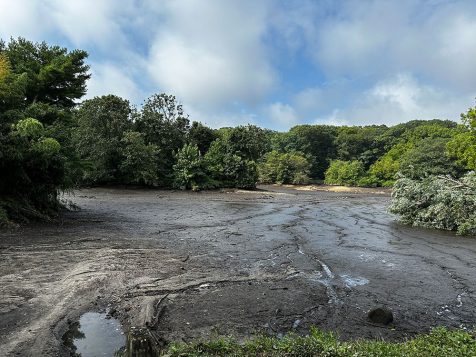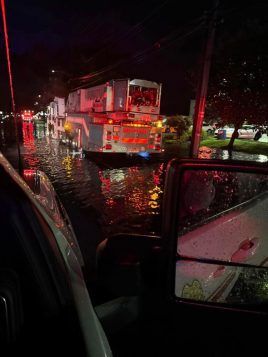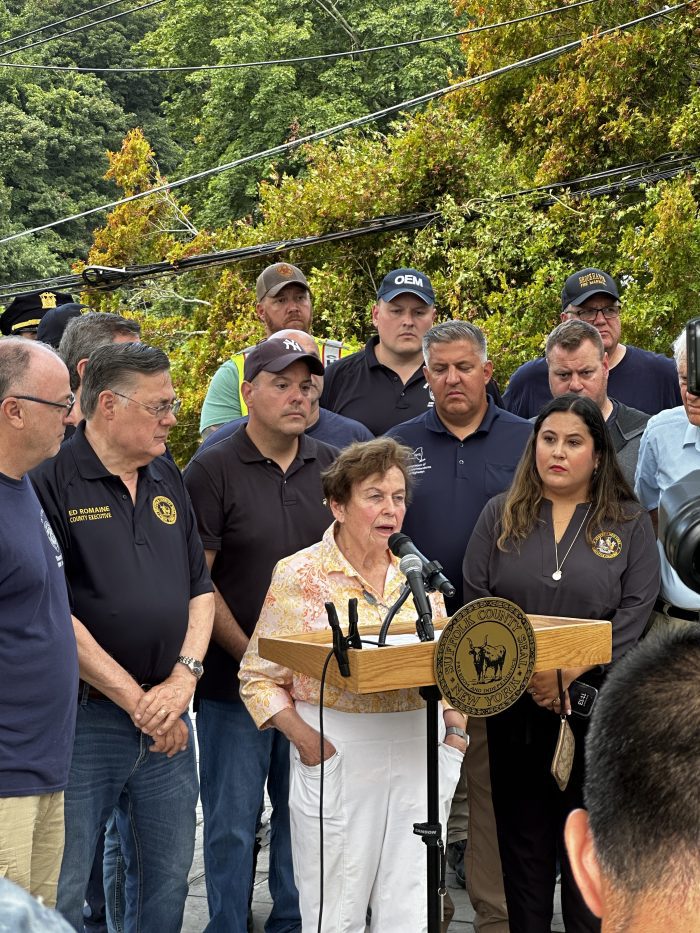By Rich Acritelli
As a long-time educator, I had the opportunity to meet recently with my former teachers and coaches and hear their interesting sports stories.
Mike Denimarck

Sound Beach resident Mike Denimarck was a talented offensive guard and middle linebacker at Newfield High School, chosen for the Daily News All-League team. He decided to enroll at Kansas State Teachers College, but the Vietnam War disrupted his plans as he did not receive a draft deferment. His father was a Marine who witnessed the World War II flag raising at Iwo Jima, and wanted his son to gain an education and play football.
Denimarck solidified his defensive presence, earning All-District and later All-American football honors at the Teachers College. He played for former Dallas Cowboys coach Barry Switzer in the East-West College All-Star game and was the only player from Long Island and his college to participate. In 1974, Denimarck was drafted in the eighth round by the Detroit Lions. While he had a good training camp, he was placed on waivers. He then signed with the World Football League’s Southern California Sun, but during practice he severely injured his knee and needed surgery.
The next season, he had offers from the New York Giants but signed a three-year contract with Detroit. He was later traded to the Green Bay Packers, where he was briefly coached by iconic Super Bowl quarterback Bart Starr, who advised Denimarck to gain experience in the Canadian Football League. In 1976, the New Orleans Saints invited him to their training camp, where he was with quarterback Archie Manning under coach Hank Stram.
Again, Stram advised him to play in Canada. Instead, Denimarck returned home and was hired by Comsewogue school district in October 1976. For 43 years, he was a dean of students, gym and special education teacher, and taught fifth and sixth grade. He was the defensive coordinator who helped make the football team one of the most successful in Suffolk County. His teams kept rivals scoreless, won numerous league and county titles, and captured the Rutgers Trophy as the best on Long Island in 1990 and 1996. A warm educator, Denimarck also coached junior high wrestling and track, always positively guiding his players.
Tom Hespos

Tom Hespos, a Wading River resident, grew up in northern New Jersey and excelled in football, basketball and baseball. Descending from a sports family, he had a “major league” curveball in high school but wanted to play football in college. At C.W. Post, Hespos was a 6-foot 2-inch, 205-pound quarterback known for passing over 2,000 yards in his career and, in one game, throwing for four touchdowns and 400 yards. Alongside some of his teammates, he sang at the 1965 World’s Fair in Queens.
Hespos was C.W. Post’s most valuable player in 1963-64 and was selected to the Little All-America team. After graduating with a business degree, he learned that the Green Bay Packers sent him a free agent contract. He recalled head coach Vince Lombardi’s “agile” mind, expecting his players to be punctual and productive.
Hespos attended meetings with legendary players Starr and Paul Hornung, who took him out for some fun in Green Bay. Lombardi’s first coaching job was at St. Cecilia High School in Englewood, New Jersey, in the 1940s, and he knew that Hespos had defeated his former team 7-6 to win the Tri-County championship in 1961. Competing against veteran quarterbacks, Hespos had an impressive camp and still sees himself on the sidelines through film documentaries, but was cut by Lombardi. That season, Hespos played semi-professional football for the Jersey City Jets and won a championship. After injuring his shoulder, he began his teaching career at Comsewogue in 1969.
Hespos guided winning teams at Comsewogue, North Shore and Hampton Bays school districts. He lives now in Florida, enjoys playing golf, and is pleased that his grandson Zach recently scored 24 points in a summer league basketball game.
Tony Musso

A soft-spoken Wading River resident, Tony Musso grew up playing soccer and basketball and was an All-County baseball player for Bellport High School. He was a center fielder and third baseman scouted by the New York Yankees. Though his parents did not expect him to attend college, Musso was accepted into Northwestern Oklahoma State University, where he earned an education degree. While he enjoyed playing baseball and was a teammate of former Cleveland Indians manager Mike Hargrove, Musso felt discrimination from the coaching staff for being an Italian from Long Island.
After graduating in 1972, Musso was hired by Comsewogue school district as a physical education teacher. By 1980, his teaching schedule allowed him to coach, and he became involved with the dominant sports of football, basketball and baseball. In the mid-1980s, he coached softball, won a state championship in 1985, and over four years his teams earned a 70-8 record. He assisted Bob Davis with the girls basketball team, which emerged as one of the finest in the county and state.
At St. Joseph’s College, Musso coached softball for several years, had many fine teams and was inducted into their Sports Hall of Fame. He played on several notable travel softball teams, always excelling as a pitcher, fielder and hitter, and was later inducted into three halls of fame for the sport.
Years after retiring, these educators are still remembered fondly by their former students for being special teachers and coaches.
Author Rich Acritelli is a history teacher at Rocky Point High School and adjunct professor at Suffolk County Community College.




























